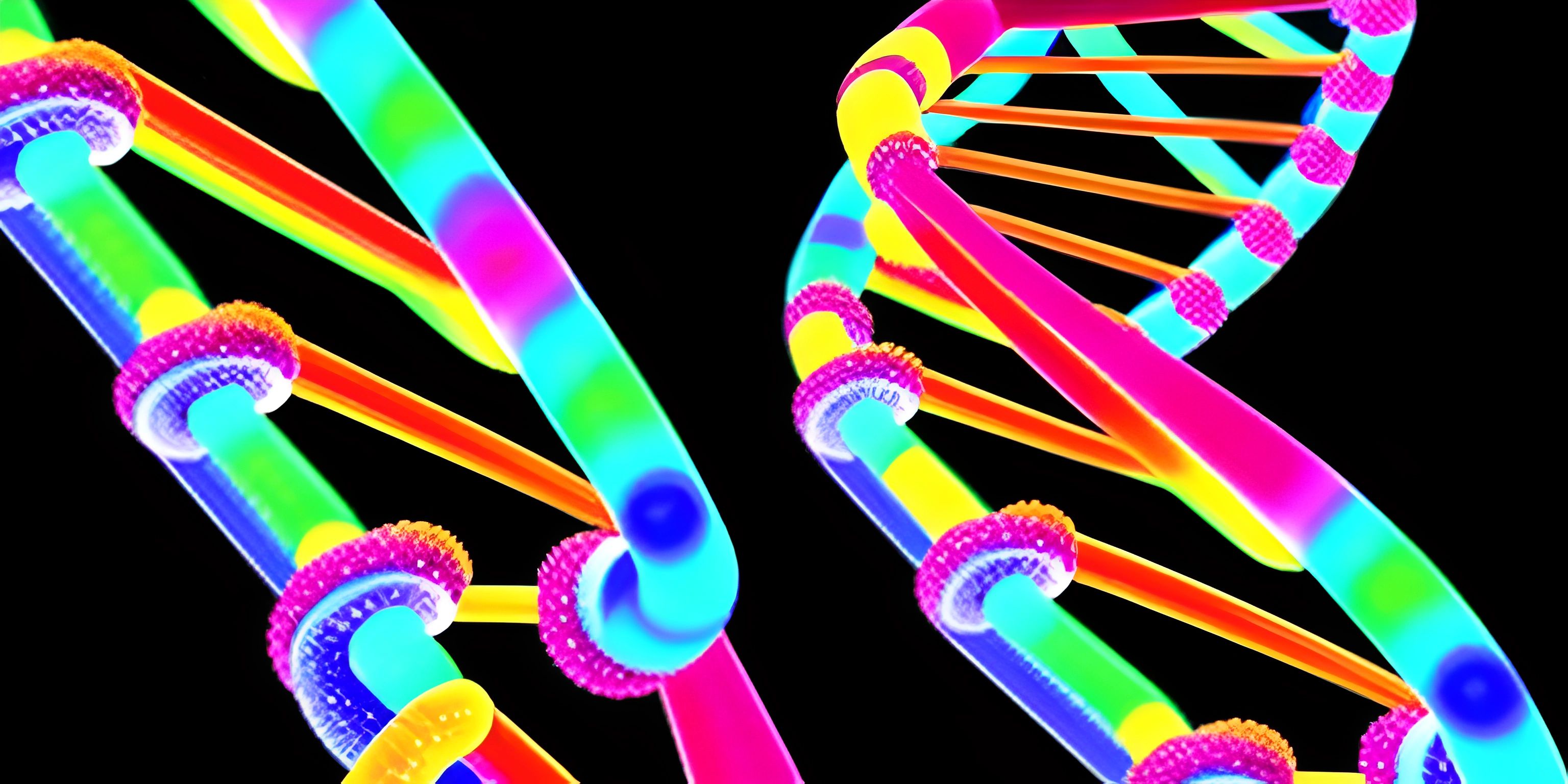Evolutionary Algorithms: Survival of the Fittest Code

Note: this page has been created with the use of AI. Please take caution, and note that the content of this page does not necessarily reflect the opinion of Cratecode.
Alright, folks! Time to take a trip back to high school Biology class. Remember when your teacher was explaining Charles Darwin's theory of natural selection? You know, that whole 'survival of the fittest' concept? Well, as it turns out, this theory has found its way into the world of computer programming. That's right! Let's talk about evolutionary algorithms.
What are Evolutionary Algorithms?
Imagine you have a problem. It's a big, complex problem with a lot of possible solutions. So many, in fact, that it would take an eternity to try them all out and see which one is best. What can you do? Well, you can use an evolutionary algorithm!
In a nutshell, evolutionary algorithms (EAs) are a type of heuristic optimization method inspired by the process of natural evolution. These algorithms apply the principles of evolution - reproduction, mutation, recombination, and selection - to find solutions to complex problems that would be difficult or impossible to solve using traditional programming techniques.
How Do They Work?
Let's imagine we have a population of animals. Every generation, they reproduce, mutate, and die off based on their fitness (how well they're adapted to their environment). The fittest individuals have the highest chance to pass on their genes to the next generation.
EAs work similarly. You begin with a population of potential solutions to a problem, known as chromosomes. Each solution or chromosome is evaluated based on a fitness function - a fancy term for a measurable goal or objective. The fittest solutions - the ones that meet the objective the best - are selected to reproduce and create the next generation of solutions. During this reproduction, there's a chance for mutation (random changes) and recombination (mixing of two parent chromosomes). Over many generations, the algorithm evolves towards optimal (or near-optimal) solutions.
Here's a bit of pseudocode to illustrate the process:
Initialize population with random chromosomes
While not termination condition
Calculate fitness for each chromosome
Select fittest chromosomes for reproduction
Perform crossover and mutation to create new population
EndIn this code, we can see the general flow of an evolutionary algorithm: Initialization, Selection, Reproduction, and Termination. Each of these steps closely parallels the process of natural selection and evolution.
Hey there! Want to learn more? Cratecode is an online learning platform that lets you forge your own path. Click here to check out a lesson: What Programming Means (psst, it's free!).
FAQ
What is an evolutionary algorithm?
An evolutionary algorithm is a type of optimization method inspired by the process of natural evolution. They apply principles of evolution - reproduction, mutation, recombination, and selection - to find solutions to complex problems that would be difficult to solve using traditional programming techniques.
Can you give an example of a problem that could be solved by evolutionary algorithms?
Absolutely! Let's consider the Traveling Salesman Problem (TSP). In TSP, you have a list of cities and the distances between each pair. The goal is to find the shortest possible route that visits each city and returns to the origin city. This problem is notoriously difficult to solve as the number of cities increases. An evolutionary algorithm can be used here to generate a population of possible routes, evaluate their fitness (total distance), and evolve the population over generations to find near-optimal routes.
How do I know if my problem can be solved using an evolutionary algorithm?
Evolutionary algorithms are particularly well-suited to problems where the search space (number of possible solutions) is large and complex, and where it's difficult to use traditional deterministic methods. If your problem has these characteristics, it might be a good candidate for an evolutionary algorithm. However, EAs are not a one-size-fits-all solution and may not always be the most efficient or effective approach, so it's important to consider your problem and its specific characteristics carefully.





